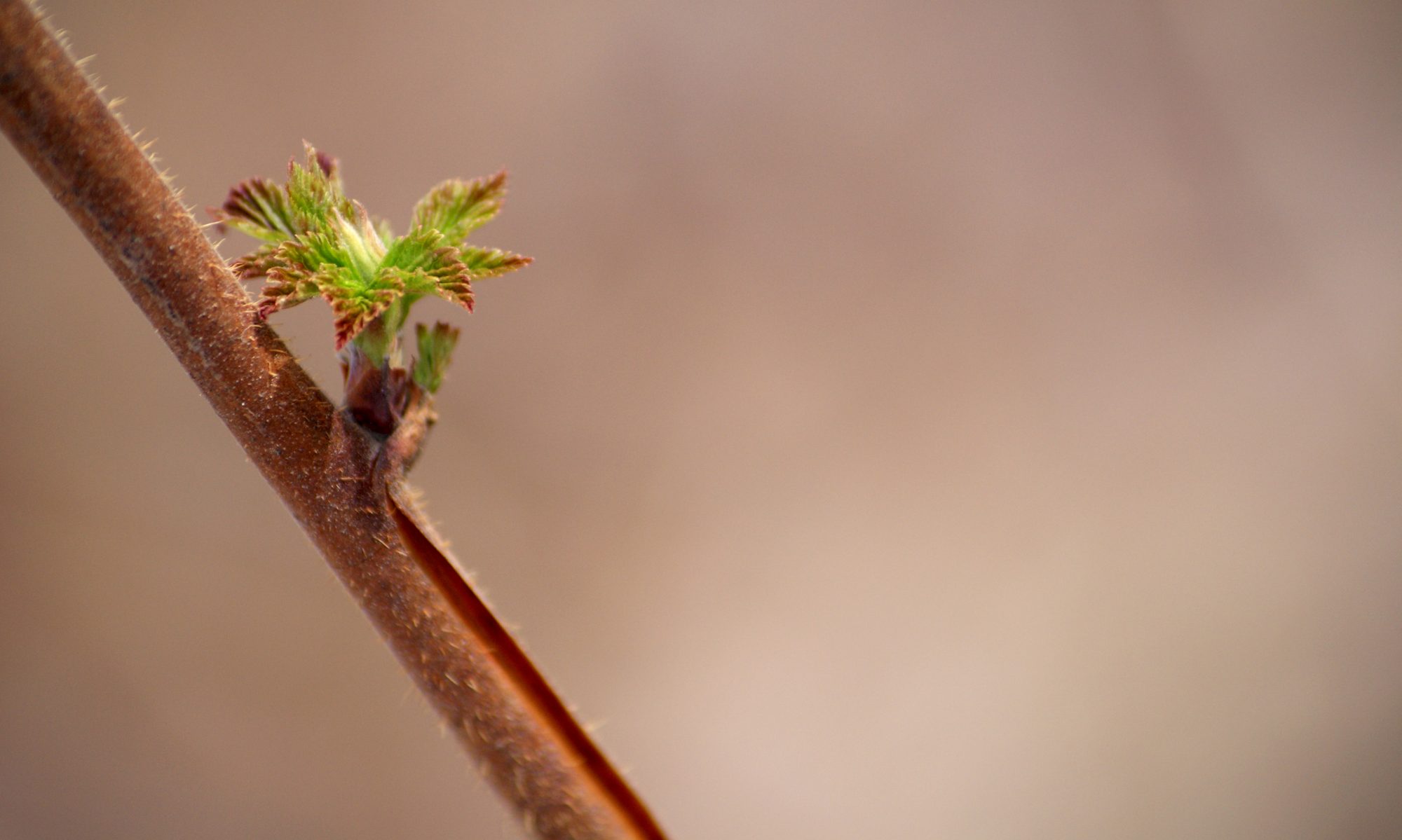What were you doing on 25 August 2012? Now think back (those of you who were even born then), and tell me what you were doing on 5 September 1977.
In my case, last year on 25 August my family and some friends were hiking in the Valley of the Five Lakes in Jasper National Park. My two boys, five- and three-years old at the time (bookending the crew below, in red and blue shirts, respectively), were enjoying time exploring nature in one of the most beautiful spots on earth.

On 5 September 1977 (here I go, revealing my advanced age) I was five-years old – like my oldest son in the photograph – and it was Labor Day. Just as he was in that photograph above, I was getting ready for my first day of first grade and the beginning of my formal educational journey.
Why are these two dates important beyond my personal reminiscing? Back on 5 September 1977, Voyager 1 was launched on its scientific journey. And on 25 August 2012 it is estimated that Voyager 1 became the first human-made interstellar spacecraft in history.
This has hit me pretty squarely over the past few days since this announcement. As it turns out, Voyager 1 and her sister, Voyager 2, were among the major influences of my scientific pursuits. Both probes launched just as I began first grade, and Voyager 2 sent home some of its final photographs (of Neptune) in the summer of 1989, just a couple of months after I had graduated from high school.
All through grade school my cohort and I were amazed by the spectacular photographs sent back from these probes, photographs that remain iconic to this day. During those years my fascination with nature grew in many different directions, shaped in no small part by this awesome example of basic scientific exploration. My growing realization that the universe around us was such an incredible place made me want to explore my own corner of the earth. And the living things in my yard and neighborhood were right there and available for me to study. Being given the opportunity to imagine then (as I’ve been doing again over the past few days) where the Voyager probes may go and what (or who) they may encounter over the upcoming eons pushed me towards finding out all that I could about at least one small part of the puzzle.
NASA’s Voyager program is a prime example of why we need basic science not to only survive on the scraps thrown to it by applied science, but to thrive, well-fed, on its own. Voyager has not only shown us more about our universe than we ever knew (and the probes are still sending back data!), but it has doubtless been instrumental in inspiring many among an entire generation of kids to become the scientists of today. I’m sure that I’m not the only scientist about my age who felt a wave of nostalgia – and even re-inspiration – over the past few days as we remembered some old friends who went on a long journey.
Now that the Voyager spacecraft are exiting our solar system to explore the universe expanding before them, I wonder what will inspire my two boys as they explore their own expanding world.
In the current climate that prioritizes applied science far over basic research, who and what are the “Voyagers” of 2013 that will fascinate and inspire a new generation?

Comments are closed.